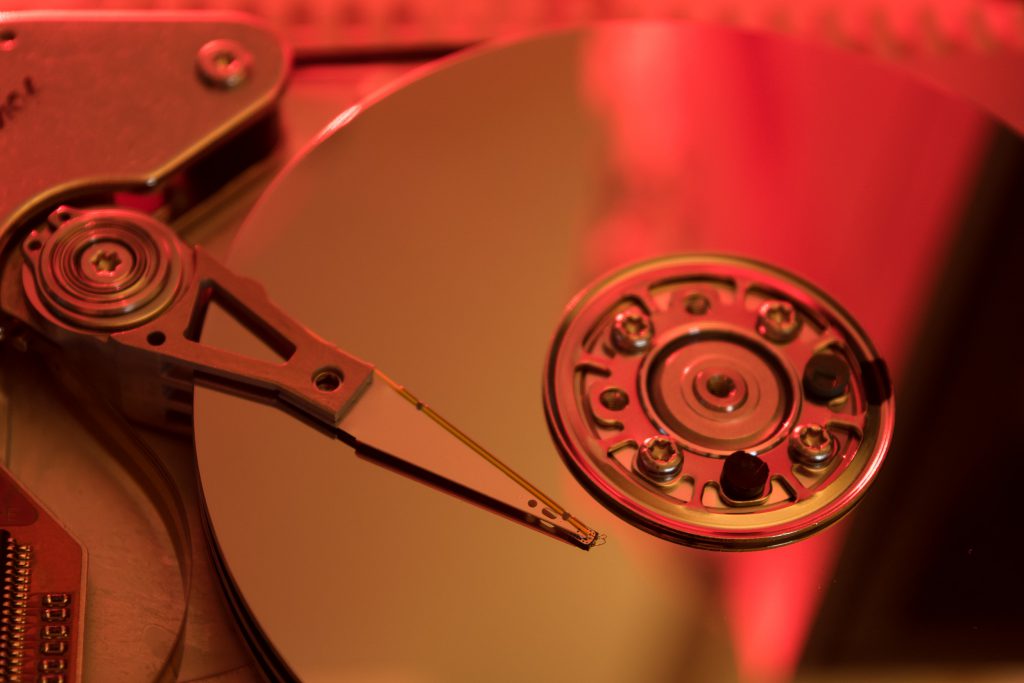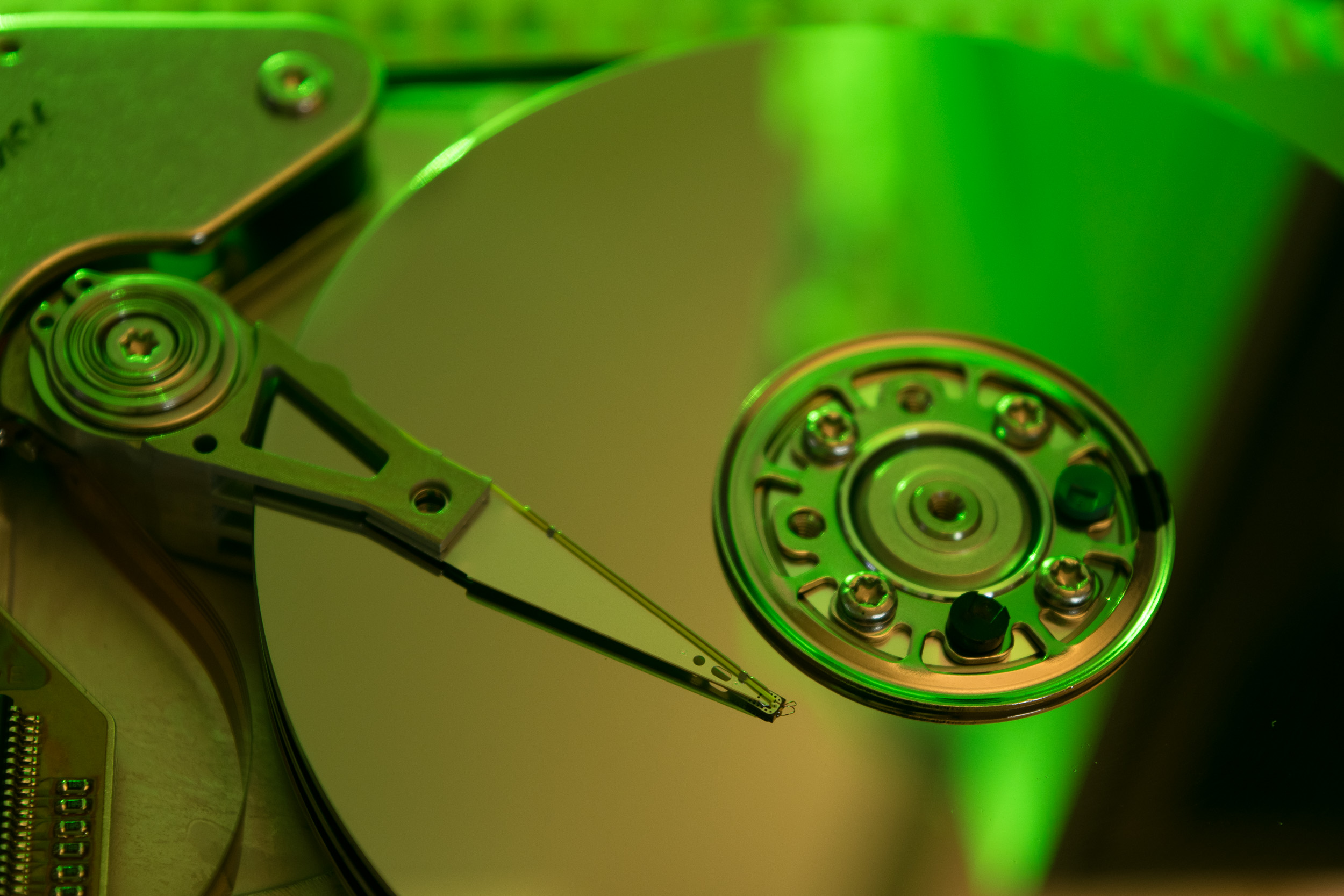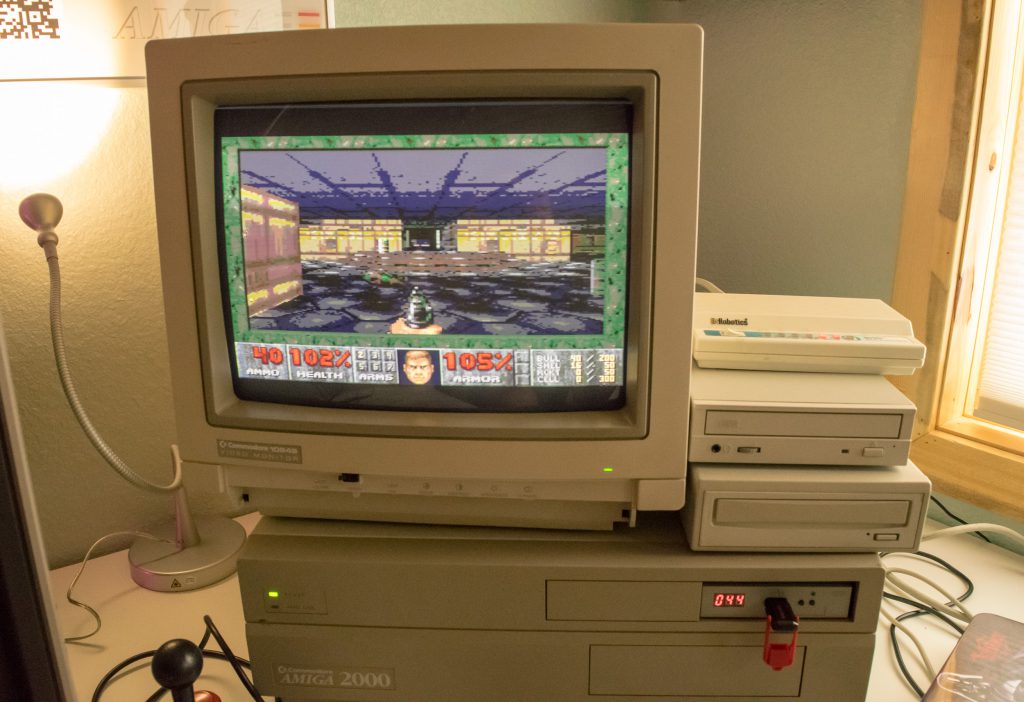The habit of reflecting back at where our technology has come from, is emerging as category of hobby in it’s own right. Or perhaps we retro enthusiasts are the ultimate hipsters. But either way you slice it, retro computing gives us a humbling appreciation of how “user-friendly” our tools have become.
I am comically looking at the drawer full of 128gb USB sticks (I’m being a little hyperbolic), casually discarded to a special stash location because throwing away an enormous amount of storage is almost a sin. When 880kb of storage was cherished, 128gb was the size of “cyberspace”.
What would you say to yourself if you went back to 1991 and told yourself “In 25 years, you can store about 130,000 of those floppy disks on a stick that plugs in the side of your laptop, and you’ll probably loose it in the washing machine,” but we still don’t have hover boards.
So in an exercise of almost contriteness, I endeavored to add a real spinny disk to my Amiga A2000 to act as a core OS backup in the event the SD card primary storage has reached it’s write cycle limit.
The intention of this article is not to be a literal step-by-step guide for the setup of a SCSI drive, instead it is a collection of highlighted problems encountered and remedied – moments of “Aaahh ha!” I had during the project. The possible hardware and software configurations are far too numerous to be covered in a single tutorial.
The hardware:
GVP ‘030 Combo SCSI interface board
Generic external SCSI CDROM drive
External SCSI enclosure
SCA connector
1gb SCSI harddrive (HD)
Realization #1
Finding drive documentation for a 25 year old HD requires Ninja level Google skills, well not really, but patience sure does help.
Realization #2
After you have checked to ensure all terminators are at the end of the device chain and the system still won’t boot, make sure you power on each device in the reverse order that they connect to the machine – the computer goes on last.
Realization #3
GVP SCSI interface cards don’t give a damn about standard tools like HDTools found within Workbench. Instead one must dig through the depths of Amiga archives to find GVP’s own utility from 1991 that must be used to initialize a hard drive. Side note, floppy drive emulators have no idea what to do with .dms (disk masher) image. I found and lost a command line tool for Windows (that I ran under virtual machine on a Mac) that will convert the .dms into an .adf but google is your friend.
Realization #4
Low level formatting takes forevvvvver!
Realization #5
If you’re setting up a slave drive, don’t copy an OS when FaaastPrep gives you the option – if you don’t need it don’t install it.
Realization #6
Always check your boot priorities under the manual setup tools. Order is set by a signed 8bit Int, -127 is your last drive and 128 would be your first. If someone actually fills each one of those slots, I’d like to buy them a beer. DH0 should be just before the floppy drive, DF0 is number 5.
And that’s it really, once I was able to get past the nuances of the retro SCSI, setup went rather swimmingly. I now have a NOS (New Old Stock) 25 year old hard drive to back up system files, in the event of a SD card failure, I’m sorted.
I also posted a slightly more technical perspective on SCSI HD setup over at the Amigos Podcast website












HDToolBox can be used with GVP, but you have to edit the Icon Information and change SCSI_DEVICE=scsi.device to SCSI_DEVICE=gvpscsi.device before you launch it.